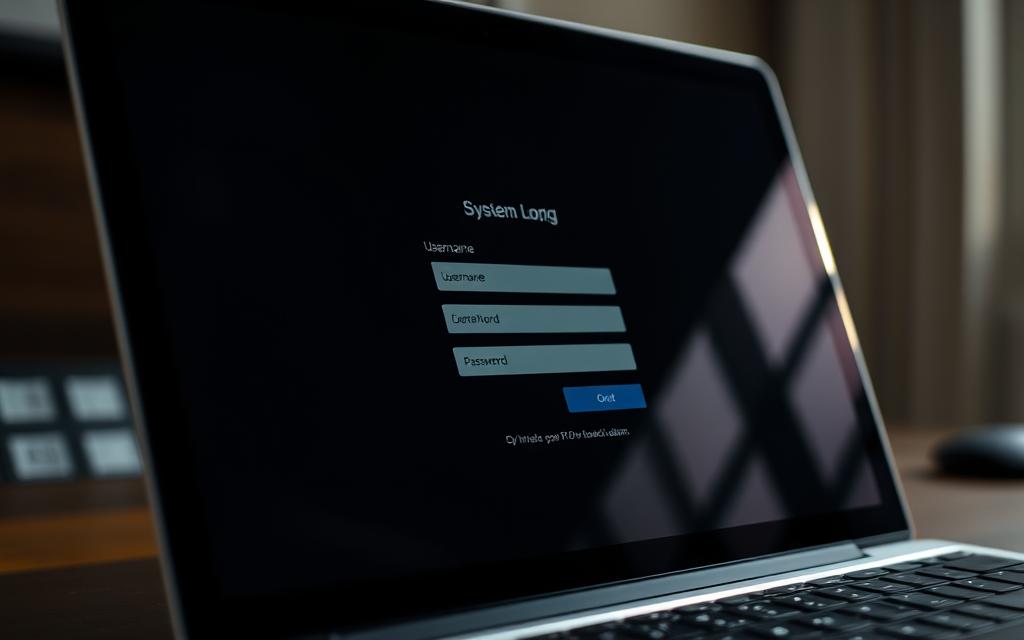Accessing shared resources across devices often requires entering network credentials. These credentials ensure secure sharing of files, printers, and other resources. However, many users face frustration when prompts persist, even with correct details entered.
This issue is common in environments like offices or homes with multiple devices. For example, a password-free account might cause access problems between a POS system and desktop PCs. Understanding why these prompts appear is the first step toward resolving them.
Windows and Mac handle credential management differently. While Windows stores details in the Credential Manager, Mac uses Keychain Access. Knowing these systems can simplify troubleshooting and improve access to shared resources.
This guide will explore practical solutions for both operating systems. Whether you’re managing a small home setup or a larger office network, these steps will help streamline your experience.
Understanding Network Credentials and Their Importance
Network credentials are essential for secure access to shared resources. They consist of a username and password, ensuring only authorized users can access files, printers, or other devices. Without them, sensitive data could be exposed to unauthorized individuals.
Microsoft accounts and local accounts handle authentication differently. A Microsoft account syncs credentials across devices, while a local account is tied to a specific system. This distinction affects how users access shared resources on a network.
Security is a critical aspect of network credentials. They protect against unauthorized access to financial records, personal files, and other sensitive information. Proper credential management ensures that only verified users can interact with shared resources.
Permissions play a key role in network access. Share permissions control access to shared folders, while NTFS permissions manage file-level security. Understanding these layers helps maintain a secure system.
Empty passwords can cause issues. Windows security policies often block network access for accounts without passwords. Modifying these policies can resolve such challenges, ensuring seamless access.
A common error occurs when a system recognizes a username but prompts for a nonexistent password. This issue often arises in environments like POS systems, where credential mismatches disrupt operations.
| Feature | Microsoft Account | Local Account |
|---|---|---|
| Authentication | Syncs across devices | Tied to one system |
| Security | Enhanced with cloud features | Relies on local settings |
| Access Control | Centralized management | Manual configuration |
How to Find Your Network Credentials on Windows
Windows offers built-in tools to manage and retrieve your login information. These tools ensure seamless access to shared files, printers, and other resources. Whether you’re troubleshooting or setting up new connections, understanding these methods can save time and effort.
Using Credential Manager
The Credential Manager is a central hub for storing and managing login details. To access it, navigate to the Start Menu, open the Control Panel, and select Credential Manager. Here, you’ll find the Windows Credentials tab, which stores server credentials along with associated IPs or hostnames.
For added security, you can export credentials using the Windows Vault backup feature. This ensures you have a backup in case of system changes or failures. If entries are missing, restarting the Credential Manager service often resolves the issue.
Using Command Prompt
For advanced users, the Command Prompt provides a quick way to view and manage network connections. Execute the net use command to display active connections. To list stored credentials, use cmdkey /list.
You can also map drives manually with the net use Z: \\Server\Share syntax. This method is particularly useful for setting up new connections or troubleshooting existing ones. Always ensure password protection is re-enabled after sharing resources.
“Proper credential management ensures secure and efficient access to shared resources.”
By leveraging these tools, you can streamline access to shared resources and maintain a secure system. Whether you’re managing a small home setup or a larger office network, these steps will help you stay organized and efficient.
How to Find Your Network Credentials on Mac
Managing access to shared resources on macOS involves specific tools and settings. Apple’s operating system provides built-in features like Keychain Access and Network Preferences to handle login details efficiently. These tools ensure secure and seamless access to files, printers, and other shared resources.
Accessing Keychain Access
Keychain Access is macOS’s secure credential storage system. To launch it, use Spotlight Search or navigate to Applications > Utilities. Once open, search for terms like “network” or specific server names to locate stored credentials.
To view a password, double-click the entry and check the “Show Password” box. You’ll need to authenticate with your admin username and password. For added security, export certificates or keys as backups for future use.
Network Preferences
Another way to manage credentials is through Network Preferences. Open System Preferences, select Network, and click Advanced. Under the TCP/IP tab, you can retrieve DHCP-assigned IP addresses and router information.
This section also allows you to configure DNS servers and proxy settings. Ensuring these are correctly set up enhances connectivity and access to shared resources.
“Consistent username and password combinations simplify sharing between Mac and Windows systems.”
For users working across platforms, maintaining the same username and password combinations ensures smoother access. This cross-platform tip reduces errors and streamlines credential management.
Troubleshooting Common Network Credential Issues
Resolving access issues on shared networks often involves adjusting specific settings and services. Whether you’re dealing with persistent prompts or mismatched credentials, these steps can help restore seamless access.
Modifying Advanced Sharing Settings
Adjusting Advanced Sharing Settings can resolve many access problems. Start by setting your network profile to Private. This ensures your device is discoverable on the network.
Enable network discovery and file and printer sharing to allow seamless communication between devices. For troubleshooting purposes, temporarily disable password protected sharing. This can help identify if the issue is related to authentication.
Restarting Credential Manager Service
If credentials aren’t being recognized, restarting the Credential Manager service can help. Open the Services application by typing services.msc in the Run dialog. Locate the Credential Manager service, right-click, and select Restart.
Ensure the startup type is set to Automatic. This guarantees the service runs smoothly without manual intervention. Restarting this service often resolves issues with stored credentials.
Creating a New User Account
Sometimes, creating a new user account can resolve persistent credential issues. Ensure the new account has admin privileges and a strong password. Match the username and password across all devices to avoid mismatches.
During setup, disable third-party antivirus software temporarily. This prevents interference with the account creation process. Once the account is active, re-enable your antivirus for continued protection.
“Consistent account settings across devices simplify troubleshooting and improve access to shared resources.”
For emergency situations, boot into Safe Mode with Networking. This allows you to diagnose issues without interference from third-party applications. Use this method to identify and resolve complex credential problems.
Conclusion
Ensuring secure access to shared resources is vital for maintaining system integrity. Tools like Credential Manager, Command Prompt, and Keychain Access simplify managing login details across platforms. These methods streamline troubleshooting and enhance efficiency.
Regular audits of stored credentials help identify outdated or mismatched entries. Periodic reviews of sharing permissions ensure only authorized users access sensitive files. Implementing minimum necessary access privileges further strengthens security.
Always restore password protection after troubleshooting. This practice safeguards shared resources and prevents unauthorized access. By following these steps, you can maintain a secure and efficient network environment.












